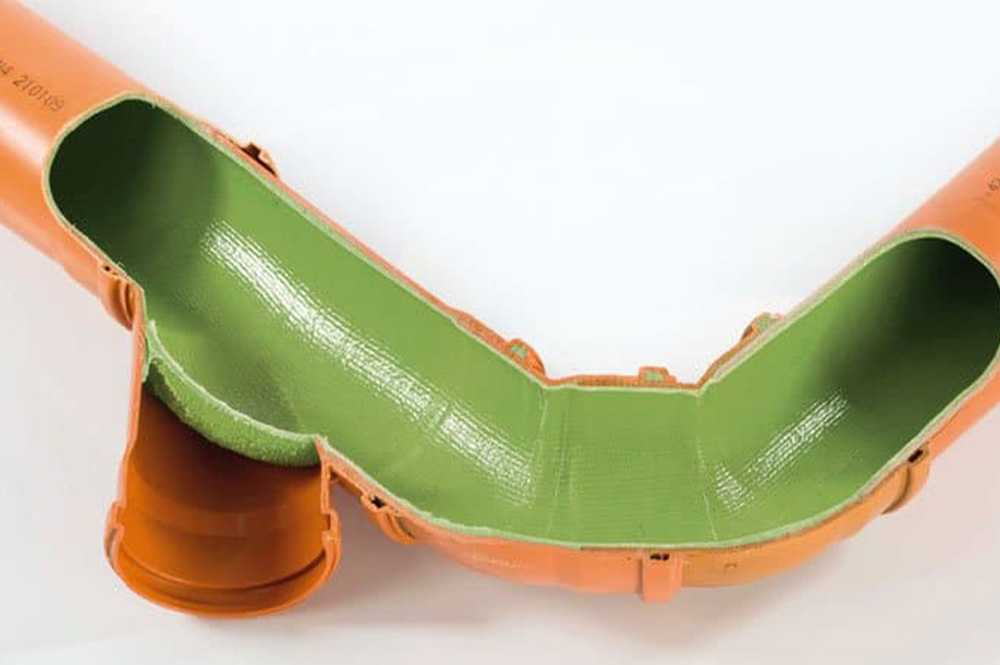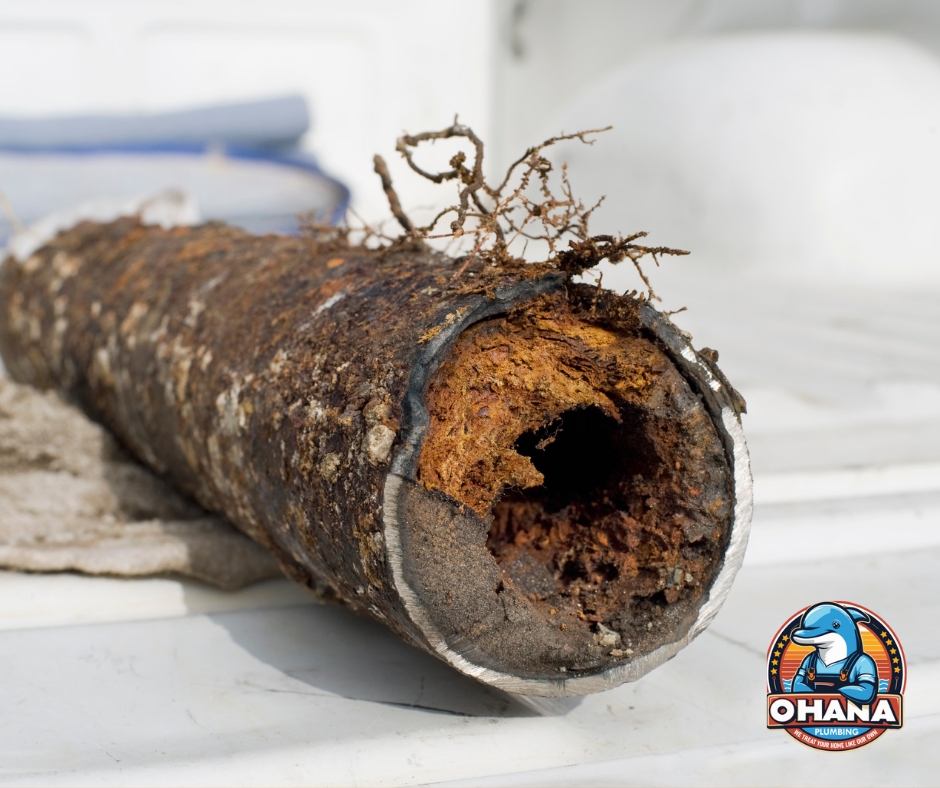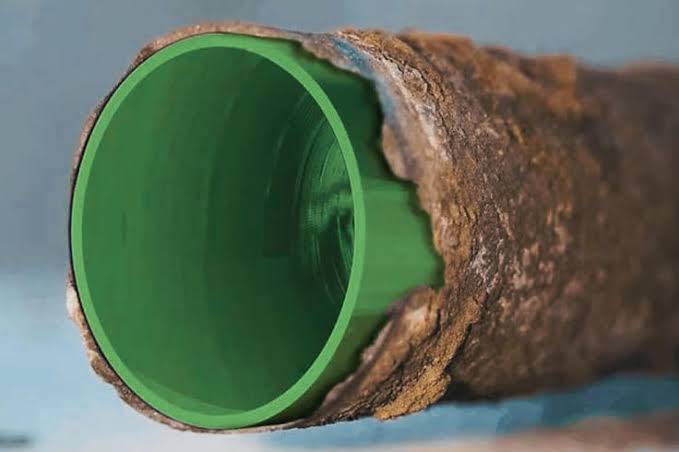If you’re facing plumbing issues, you may have heard about pipe relining as a modern solution to damaged pipes. This innovative method can save you from the hassle and expense of traditional pipe replacement, but how long can you expect it to last? In this blog post, we’ll delve into the longevity of pipe relining, the factors that affect its lifespan, and why it could be the right choice for your plumbing needs.
What is Pipe Relining?
Before we dive into longevity, let’s quickly cover what pipe relining is. Pipe relining is a trenchless repair method that involves inserting a new liner into existing pipes. This liner, usually made from a resin material, bonds to the interior walls of the pipe, creating a new, smooth surface that can withstand wear and tear.
How Long Does Pipe Relining Last?
On average, pipe relining can last 50 years or more. Many homeowners find that properly installed and maintained relined pipes can serve them well for decades. Here’s a closer look at what contributes to this impressive lifespan:
Factors Influencing the Longevity of Pipe Relining
- Quality of Materials: The type of resin used for the relining process significantly impacts durability. High-quality materials will ensure that the liner adheres well and can resist corrosion and damage over time.
- Installation Technique: Proper installation is crucial. Experienced professionals use techniques that ensure a tight fit and good bonding with the existing pipe. At Ohana Plumbing, we follow best practices to guarantee the longevity of your pipe relining.
- Pipe Condition: The initial condition of your pipes plays a significant role in how long relining lasts. If your pipes have severe structural issues or multiple bends, the effectiveness of the relining may be compromised.
- Environmental Factors: The environment surrounding your pipes, including soil type, moisture levels, and tree roots, can affect their longevity. For instance, aggressive soil can lead to quicker deterioration of pipes.
- Maintenance: Regular maintenance and inspection can significantly extend the life of relined pipes. It’s essential to keep an eye on your plumbing system and address any issues promptly.
Benefits of Pipe Relining
In addition to its longevity, pipe relining offers several benefits:
- Cost-Effective: While the initial cost may be higher than traditional methods, pipe relining can save you money in the long run by reducing the need for future repairs and excavation.
- Minimal Disruption: Because it’s a trenchless method, pipe relining causes far less disruption to your landscaping and property compared to traditional pipe replacement.
- Quick Installation: The relining process is typically faster than traditional methods, meaning you can return to your daily routine with minimal downtime.
Conclusion
Pipe relining is a durable and efficient solution for damaged pipes, with a lifespan of 50 years or more when done correctly. By understanding the factors that influence its longevity, you can make an informed decision about whether this method is right for your plumbing needs. If you’re considering pipe relining or have questions about your plumbing system, don’t hesitate to reach out to the experts at Ohana Plumbing. We are committed to providing high-quality plumbing solutions tailored to your needs. Contact us today to schedule an inspection or consultation, and let us help you keep your plumbing in top shape!









